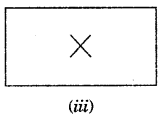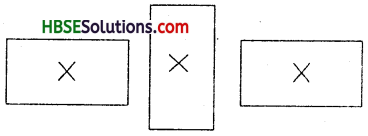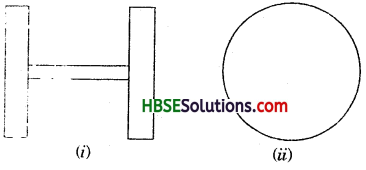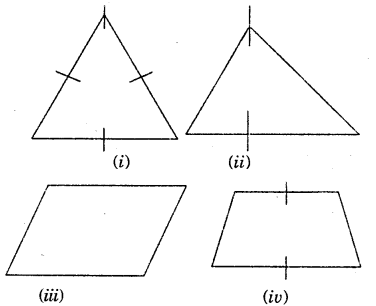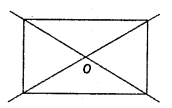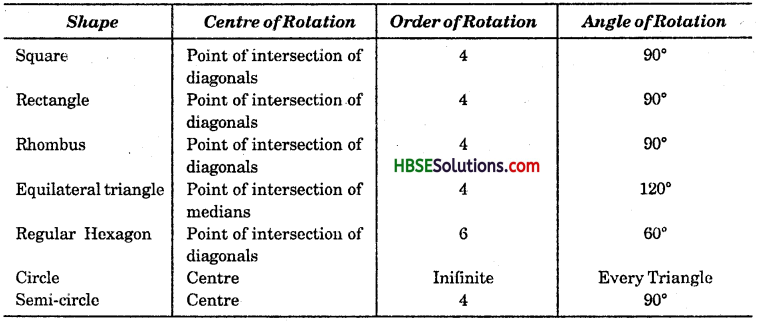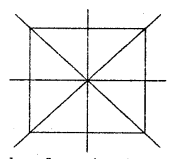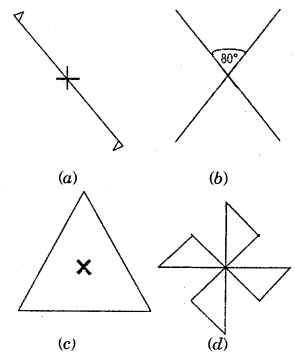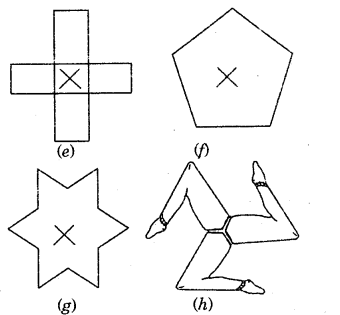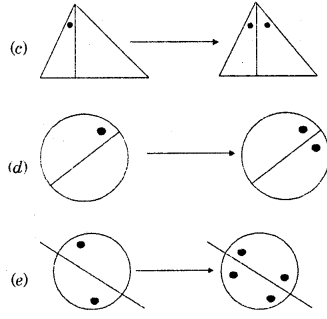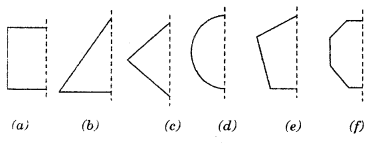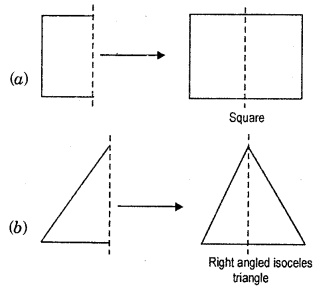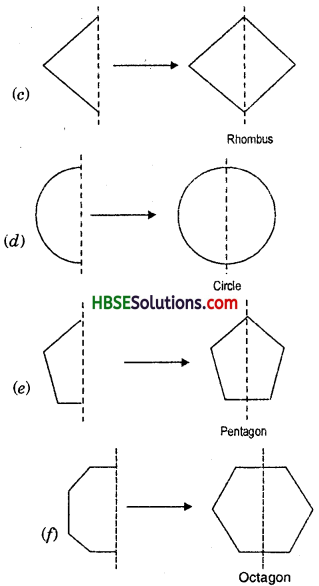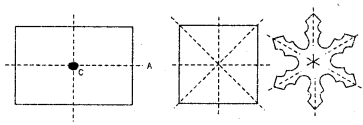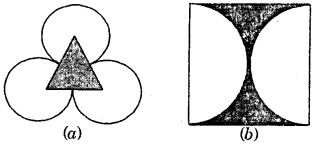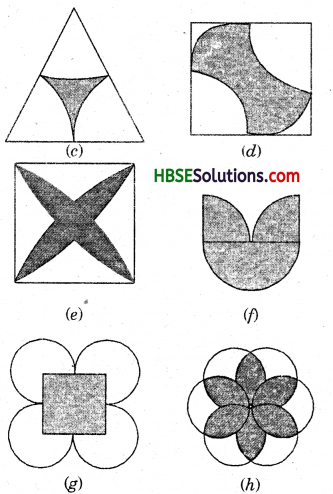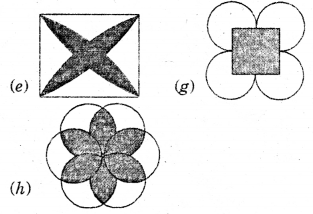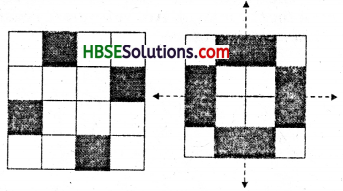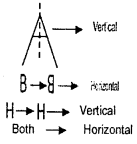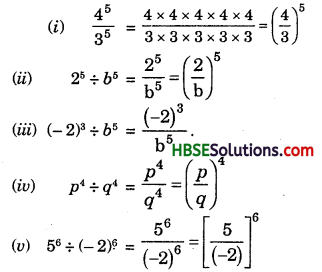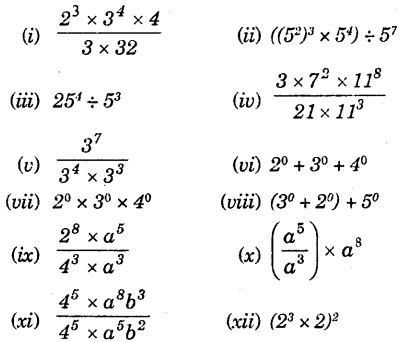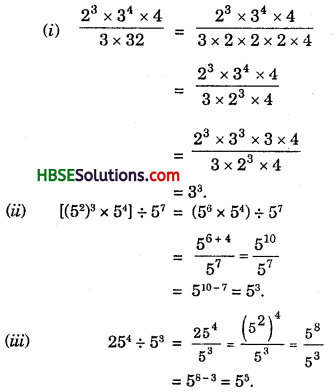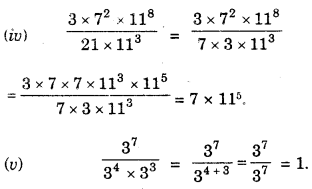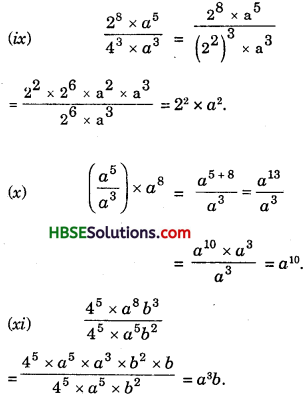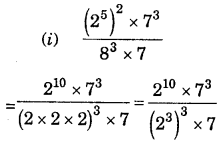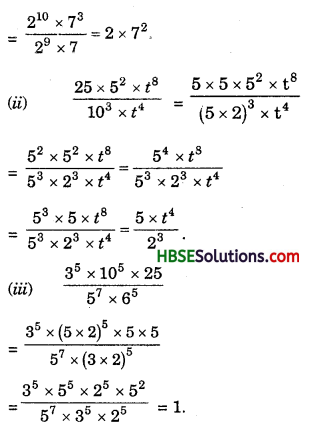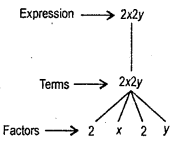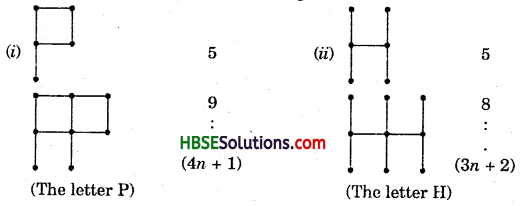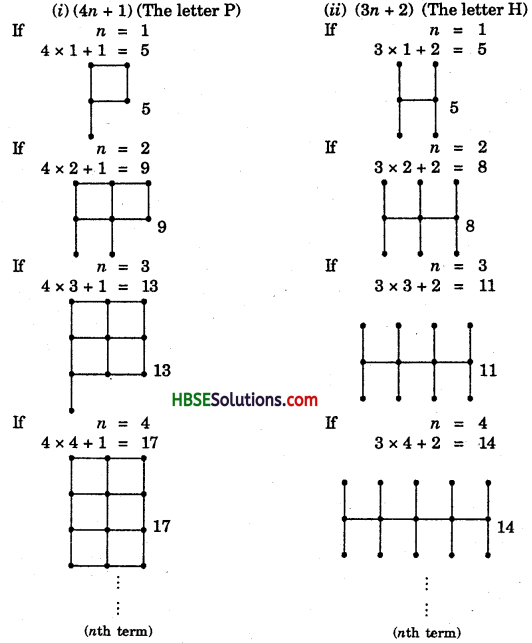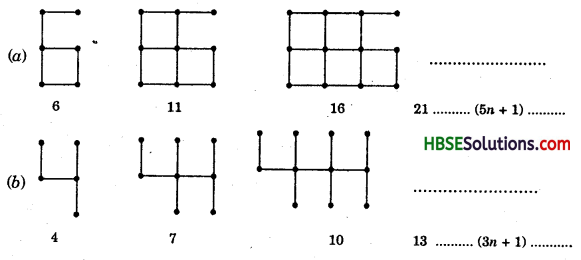Haryana State Board HBSE 7th Class Maths Solutions Chapter 13 Exponents and Powers Ex 13.3 Textbook Exercise Questions and Answers.
Haryana Board 7th Class Maths Solutions Chapter 13 Exponents and Powers Exercise 13.3
Question 1.
Write the following number in the expanded forms:
279404, 3006194, 2806196, 120719, 20068.
Solution:
279404
= 2 x 100000 + 7 x 10000 + 9 x 1000 + 4 x 100 + 0 x 10 + 4
= 2 x 105 + 7 x 104 + 9 x 103 + 4 x 102 + 0 x 101 + 4 x 100
3006194
= 3 x 1000000 + 0 x 100000 + 0 x 10000 + 6 x 1000 + 1 x 100 + 9 x 10 + 4
= 3 x 106 + 0 x 105 + 0 x 104 + 6 x 103 + 1 x 102 + 9 x 101 + 4 x 100

2806196
= 2 x 1000000 + 8 x 100000 + 0 x 10000 + 6 x 1000 + 1 x 100 + 9 x 10 + 6
= 2 x 106 + 8 x 105 + 0 x 104 + 6 x 103 + 1 x 102
+ 9 x 101 + 6 x 100.
120719 = 1 x 100000 + 2 x 10000 + 0 x 1000 + 7 x 100 + 1 x 10 + 9.
= 1 x 105 + 2 x 104 + 0 x 103 + 1 x 102
+ 1 x 101+ 9 x 100
20068
= 2 x 10000 + 0 x 1000 + 0 x 100 + 6 x 10 + 8.
= 2 x 104 + 0 x 103 + 0 x 102 + 6 x 101 + 8 x 100.
Question 2.
Find the number from each of the following expanded forms:
(i) 8 x 104 + 6 x 103 + 0 x 102 + 4 x 101 + 5 x 100
(ii) 4 x 105 + 5 x 103 + 3 x 102+ 2 x 100
(iii) 3 x 104+ 7 x 102 + 5 x 100
(iv) 9 x 105 + 2 x 102 + 3 x 101.
Solution:
(i) 8 x 104 + 6 x 103 + 0 x 102 + 4 x 101 + 5 x 100
= 8×10000 + 6×1000 + 0x100 + 4×10 + 5×1
= 80000 + 6000 + 0 + 40 + 5
= 86045.
(ii) 4 x 105 + 5 x 103 + 3 x 102+ 2 x 100
= 4 x 100000 + 5 x 1000 + 3 x 100 + 2 x 1
= 405302
(iii) 3 x 104+ 7 x 102 + 5 x 100
= 3 x 10000 + 7 x 100 + 5 x 1
= 30000 + 700 + 5 = 30705
(iv) 9 x 105 + 2 x 102 + 3 x 101.
= 9 x 100000 + 2 x 100 + 3 x 1
= 900000 + 200 + 3 = 900203.

Question 3.
Express the following number in standard form :
(i) 50,000,000
(ii) 70,00,000
(iii) 3,186,500,000
(iv) 390878
(v) 39087.8
(vi) 3908.78
Solution:
(i) 50,000,000 = 5.0 x 10000000
= 5.0 x 107.
(ii) 70,00,000 = 7.0 x 1000000
= 7.0 x 106
(iii) 3,186,500,000
= 3.1865 x 1000000000
= 3.1865 x 109.
(iv) 390878 = 3.90878 x 100000
= 3.90878 x 105.
(v) 39087.8 = 3.90878 x 10000
= 3.90878 x 104.
(vi) 3908.78 = 3.90878 x 1000
= 3.90878 x 103.
Question 4.
Express the number appearing in the following statements in standard form.
(a) The mean distance between Earth and Moon is 384,000,000.
(b) The speed of light in vaccum is 300.000. 000 m/s.
(c) Diameter of the Earth is 12756000 m.
(d) Diameter of the sun is 1,400,000,000 m.
(e) In a galaxy there are on an average 100.000. 000.000 stars.
(f) The universe is estimated to be as out 12.000. 000.000years old.
(g) The distance of the sun from the centre of the Milky way Galaxy ios estimated to be 3,00,000,000,000,000,000,000 m.
(h) 60,230,000,000,000,000,000,000 molecules are contained in a drop of water weighing 1.8gm.
(i) The earth has 1,353,000,000 cubic km of sea water.
(j) The population of India was about 1,027,000, 000 in March, 2001.
Solution:
(a) 3,84,000,000 = 3.84 x 100000000 = 3.84 x 108 m.
(b) 300,000,000 m/s
= 3.0 x 100000000 = 3.0 x 108 m/s.
(c) 12756000 m
= 1.2756 x 10000000 = 1.2756 x 107 m.
(d) 1,400,000,000 m
= 1.4 x 1000000000 = 1.4 x 109 m.

(e) 1,00,000,000,000 stars
= 1.0 x 100000000000 = 1.0 x 1011 stars.
(f) 12,000,000,000 years old
= 2.0 x 1000000000 = 12.0 x 109 year old.
(g) 300,000,000,000,000,000,000 m.
= 3.0 x 100000000000000000000 m.
= 3.0 x 1020 m.
(h) 60,230,000,000,000,000,000,000 molecules of water in 1.8 gm.
= 6.023 x 10000000000000000000000
= 6.023 x 1022 molecules of water in 1.8 gm.
(i) 1,353,000,000 cubic km.
= 1.353 x 1000000000
= 1.353 x 109 cubic km.
(j) 1,027,000,000 population of India in March in 2001.
= 1.027 x 1000000000 = 1.027 x 109 population of India in March 2001.
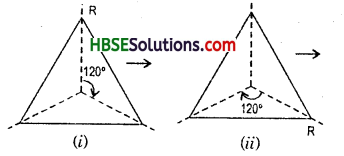
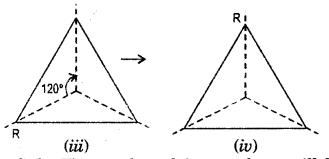
![]()
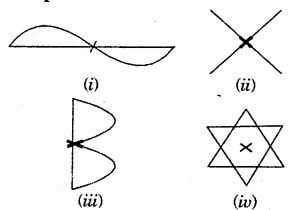
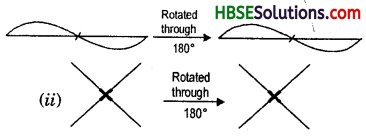
![]()

